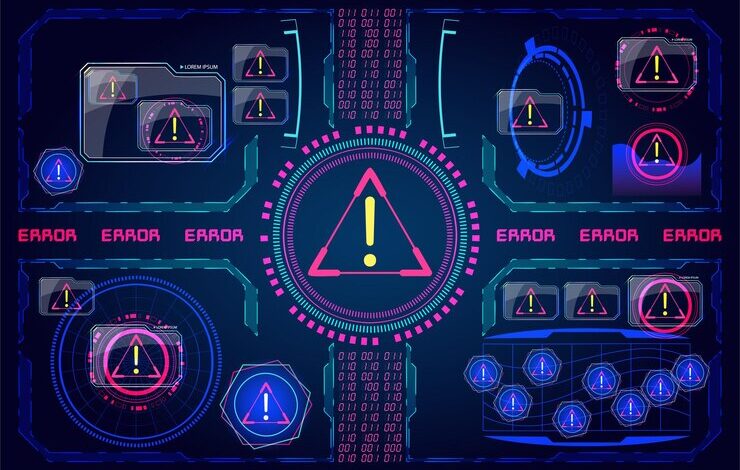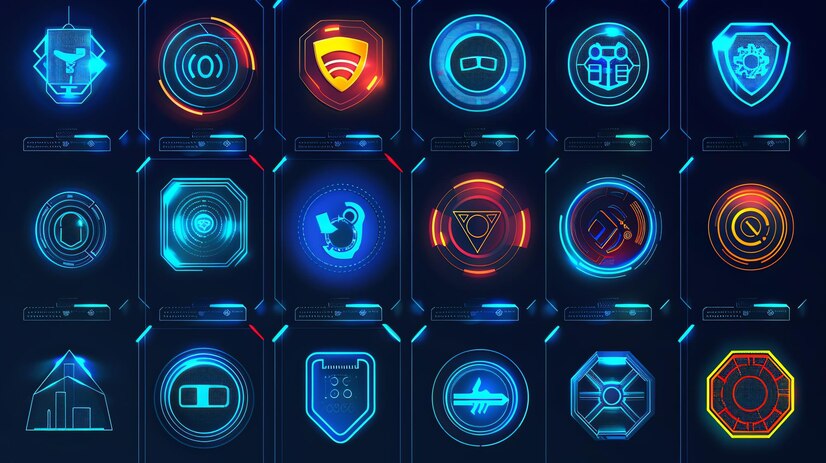Exploring the halo (2003) game icons banners

The world of video games has produced numerous franchises that have left a lasting impact on players and the industry alike. Among these, Halo, first released in 2001 and expanded in 2003 with Halo: Combat Evolved, stands out as a cultural phenomenon. Its combination of engaging storytelling, innovative gameplay, and striking visual design has captivated millions. Central to this visual identity are the game’s icons and banners, which not only represent the franchise but also evoke nostalgia and a sense of belonging among fans. This article will delve into the significance of these icons and banners, their design evolution, and their role in shaping the Halo community.
The Genesis of Halo
Before discussing the halo (2003) game icons banners, it’s essential to understand the context of Halo’s emergence in the gaming landscape. Originally developed by Bungie Studios, the game was released as a launch title for the Xbox. Its groundbreaking approach to first-person shooters (FPS), including expansive environments, sophisticated AI, and engaging multiplayer modes, redefined what players could expect from the genre.
The Storyline and Setting
Halo’s narrative centers on the conflict between humanity and the alien alliance known as the Covenant. Players assume the role of Master Chief, a super-soldier tasked with defending humanity from its extraterrestrial foes. The game’s setting—a ring-like structure known as Halo—adds layers of intrigue and complexity to the story, making it not just a battlefield but a mysterious environment filled with lore.
The Importance of Icons and Banners
Icons and banners are more than just visual elements; they serve multiple purposes in the gaming world:
- Brand Identity: Icons and banners create a recognizable brand for the game. They help players instantly associate visuals with Halo, fostering a sense of loyalty and community.
- Emotional Connection: For many players, these visuals evoke nostalgia. They remind fans of their first experiences with the game, the friendships forged in multiplayer matches, and the epic battles against the Covenant.
- Cohesive Aesthetic: Consistent design across icons and banners ensures a cohesive aesthetic that enhances the overall gaming experience. This visual language ties together various elements of the game, from its cover art to in-game menus.
The Design of Halo Icons
The Spartan Icon
One of the most iconic symbols associated with Halo is the Spartan helmet. The design reflects the strength and resilience of the protagonist, Master Chief. With its sleek lines and visor, the helmet embodies the futuristic themes of the game. The Spartan icon is not only used in-game but also in promotional materials, merchandise, and community events, serving as a badge of honor for players who identify with Master Chief’s journey.
The Covenant Symbols
The Covenant faction introduces a range of symbols, each representing different species and ranks within the alliance. These designs are characterized by intricate, alien aesthetics that set them apart from human symbols. The visual complexity of these icons adds depth to the game’s lore, making players curious about the cultures and hierarchies within the Covenant.
The Halo Ring
The Halo ring itself is a central icon of the franchise. Its circular shape represents the interconnectedness of the game’s themes, including cycles of violence, sacrifice, and redemption. The Halo ring appears in various forms, from the game’s logo to in-game visuals, reinforcing its significance as both a narrative device and a visual motif.
The Evolution of Banners
Launch Banners
When Halo: Combat Evolved was launched, the promotional banners featured dramatic imagery that captured the essence of the game. These banners often showcased Master Chief in action, surrounded by the lush landscapes of Halo or engaged in battle with Covenant forces. The use of vibrant colors and dynamic poses created excitement and anticipation among gamers.
Multiplayer Banners
As the multiplayer aspect of Halo gained popularity, so did the banners associated with it. Each map and game mode often had its own unique banner, highlighting the distinct features and aesthetics of the environment. This not only made navigating the multiplayer experience easier but also fostered a sense of community among players who gravitated towards specific maps and modes.
Evolving Art Styles
Over the years, the art style of Halo banners has evolved, reflecting changes in technology and design sensibilities. The early 2000s saw a focus on realism, while later iterations embraced more stylized graphics. This evolution not only kept the franchise visually fresh but also allowed it to adapt to changing trends in the gaming industry.
Community and Fan Art
One of the most fascinating aspects of Halo’s icons and banners is their impact on the community. Fans have taken these visuals and reimagined them in countless ways, creating a vibrant culture of fan art and merchandise. Platforms like DeviantArt and social media have enabled artists to showcase their interpretations of Halo’s visual language, further enriching the community’s experience.
Celebrating Creativity
Fan art often celebrates not only the characters but also the emotional moments within the game. Whether depicting epic battles, poignant scenes, or humorous takes on the franchise, this art reflects the diverse ways players connect with Halo. Events like conventions and online showcases provide opportunities for fans to display their work, fostering connections within the community.
Merchandise and Icons
The popularity of Halo’s icons has led to a plethora of merchandise, from T-shirts and posters to collectibles. These items allow fans to express their love for the franchise in their everyday lives. The recognizable symbols of Halo have become badges of identity, allowing players to showcase their passion wherever they go.
The Role of Icons and Banners in Marketing
The marketing of Halo has always leaned heavily on its visual identity. The use of distinct icons and banners has been crucial in crafting memorable advertising campaigns. For instance, the reveal of new Halo titles is often accompanied by stunning artwork featuring iconic characters and settings, generating buzz and excitement within the gaming community.
Social Media and Digital Marketing
In the age of social media, the importance of visual content has only increased. Halo’s marketing teams have adeptly utilized eye-catching icons and banners in their digital campaigns. Memes, shareable graphics, and engaging videos featuring these visuals help keep the franchise in the public consciousness.
Collaborations and Cross-Promotions
Halo’s icons and banners have also played a role in collaborations with other brands and media. Whether through limited-edition merchandise or crossover events in other games, the recognizable visuals of Halo enhance brand recognition and create synergistic marketing opportunities.

The Future of Halo Icons and Banners
As the Halo franchise continues to evolve with new games, adaptations, and expansions, the role of icons and banners will remain crucial. Each new installment presents an opportunity to refresh and innovate the visual language of the series while staying true to its roots.
New Designs and Themes
With each new release, fans can expect fresh icons and banners that reflect the evolving narrative and gameplay mechanics. The challenge lies in balancing innovation with the established visual identity that fans have come to love.
Engaging the Community
Future iterations of Halo will likely continue to engage the community by incorporating fan art and feedback into official merchandise and promotional materials. This collaboration not only honors the dedication of long-time fans but also fosters a sense of ownership within the community.
Conclusion
The halo (2003) game icons banners are more than mere visuals; they encapsulate the spirit of a franchise that has captured the hearts of millions. Through their design, they tell stories, evoke nostalgia, and foster a sense of community among players. As Halo continues to evolve, the importance of these visual elements will remain, guiding the franchise’s identity while celebrating its rich history.
Whether you’re a long-time fan or new to the series, the iconic visuals of Halo invite you to join a community that celebrates creativity, camaraderie, and a shared love for a legendary gaming experience. The legacy of Halo is not just in its gameplay, but in the way it connects us all through its unforgettable icons and banners.



